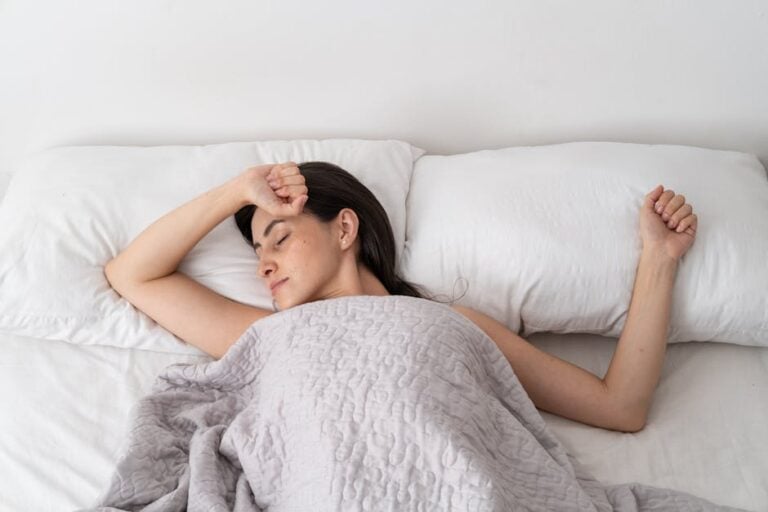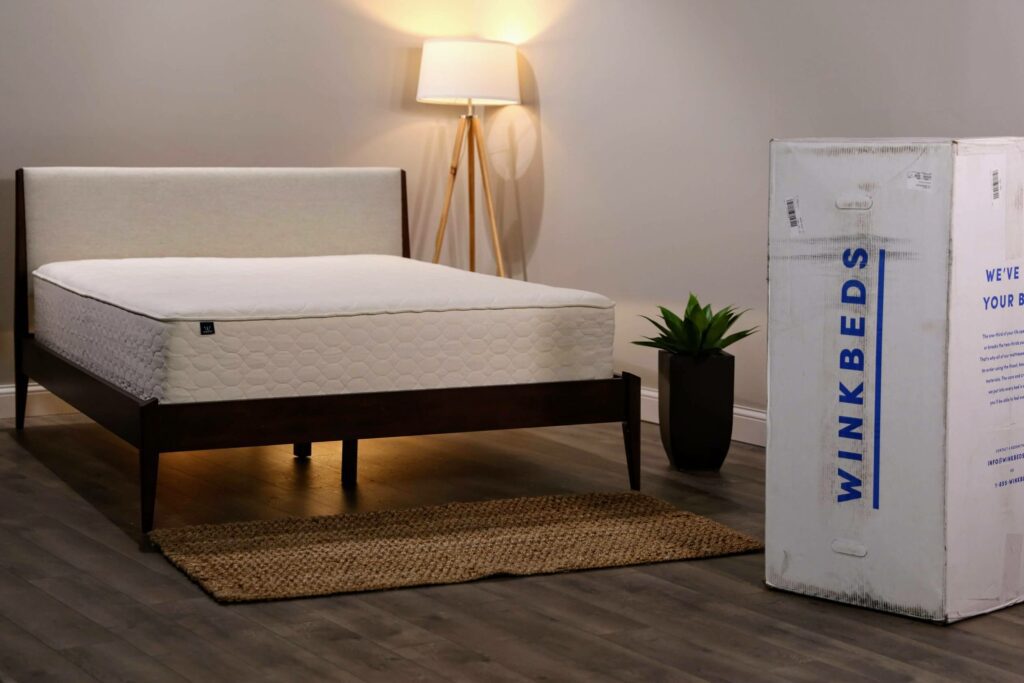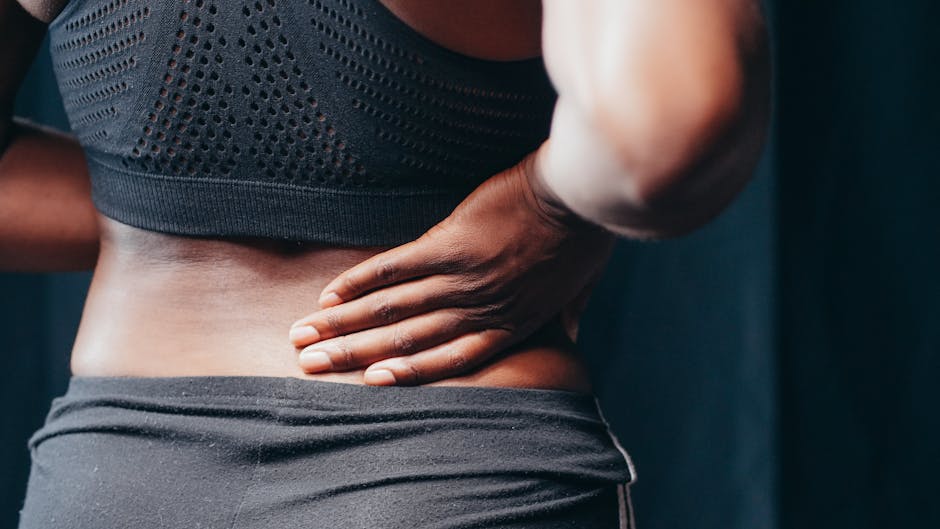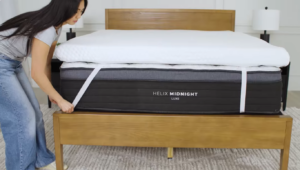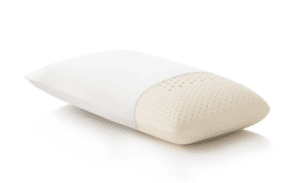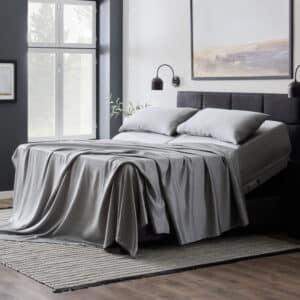Fascinating Facts About the Sleep Patterns of U.S. Presidents
The Sleep Patterns of U.S. Presidents: Insights into Rest and Recovery
The sleep patterns of U.S. Presidents offer intriguing insights into how these leaders navigate rest amidst the demands of their roles. Understanding their unique approaches to sleep can inspire us to reflect on our own habits and the importance of rest.
Here’s a glimpse into the diverse sleep styles of some notable presidents:
– George Washington: An early riser who believed in an early bedtime.
– Abraham Lincoln: Wrestled with insomnia yet maintained a consistent routine.
– Calvin Coolidge: A champion of long nights and afternoon naps.
– Barack Obama: Preferred the quiet of the night for work.
– Ronald Reagan: Known for his structured napping schedule.
Even the leaders of our nation possess varied sleep habits shaped by individual rhythms and preferences. Are you inspired by the dawn activities of George Washington, or do you relate more to the late-night endeavors of Barack Obama? Let’s explore how these presidents’ sleep patterns can enlighten our own practices.
George Washington: Early Riser with a Strict Routine
George Washington, our nation’s first president, epitomized the classic early bird. He firmly believed in the adage, “Early to bed and early to rise makes a man healthy, wealthy, and wise.” Washington adhered to a disciplined sleep schedule, often heading to bed early and awakening at dawn, which helped him effectively manage the vast responsibilities of founding a nation.
Early Morning Rituals
Washington would rise with the sun, typically around 4 or 5 a.m. His mornings were dedicated to reading and writing—activities he regarded as both stimulating and restorative. By synchronizing his sleep with natural daylight, he enhanced his alertness and energy levels throughout the day.
Abraham Lincoln: The Insomniac with a Routine
Abraham Lincoln, the 16th president of the United States, grappled with insomnia, yet he diligently maintained a regular bedtime. Even with his sleep challenges, he employed strategies to manage the pressures of his presidency.
Late-Night Wandering
Known for taking late-night walks during sleepless nights, Lincoln’s approach aligns with recent sleep expert recommendations: leaving bed when sleep eludes you can alleviate anxiety linked to sleeplessness. These evening strolls allowed him to clear his mind, enabling a better chance of falling asleep afterward.
Calvin Coolidge: The Sleep Champion
Calvin Coolidge, the 30th president, embraced extensive sleep, commonly indulging in around 11 hours each night along with daily naps. His affinity for sleep was not simply a personal preference, but a strategy to cope with emotional challenges.
Emphasizing Rest
Coolidge’s nightly routine typically spanned from 10 p.m. to 8 a.m., complemented with a midday nap. This abundant sleep, though above the typical adult recommendation of 7-9 hours, facilitated his capacity to face the demanding pressures of leadership with composure.
Barack Obama: The Night Owl
Barack Obama, the 44th U.S. President, carved out a unique sleeping pattern characterized by late-night productivity. Unlike the early risers, Obama found that the night hours provided the peace needed for his most focused work.
Thriving in Quiet Hours
Obama’s evening routine would commence after dinner, retreating to his office around 10 p.m. His work often extended until the early hours of the morning. Despite only managing about five hours of sleep, his disciplined lifestyle and regular exercise routines allowed him to thrive.
John F. Kennedy: The Napper
John F. Kennedy, the 35th U.S. President, adopted unique sleep habits to accommodate his chronic back pain, which significantly influenced his sleep strategy.
Separate Sleeping Arrangements
Kennedy and his wife, Jacqueline, famously occupied separate twin beds, an arrangement that catered to their individual sleep preferences. Additionally, his routine incorporated strategic afternoon naps, generally lasting 20-30 minutes—aligned with modern recommendations for effective power naps.
Ronald Reagan: The Nap Advocate
Ronald Reagan, our 40th president, firmly believed in the power of naps, incorporating them into his schedule despite facing criticism.
The Nap Schedule
Reagan’s daily routine included an afternoon nap that would rejuvenate him before evening duties. He famously claimed he had planned his nap schedule even during national emergencies, demonstrating his commitment to wellness through rest.
Lyndon B. Johnson: The Two-Shift President
Lyndon B. Johnson, the 36th president, established a unique sleep schedule that split his workday into two shifts, enabling him to maximize productivity while incorporating relaxation.
The Importance of Siestas
Known for his afternoon siestas, Johnson would start his day around 7 a.m. and work until 2 p.m., followed by a reset before resuming work from 4 p.m. until the early morning. This bifurcation facilitated his workload while ensuring proper recuperation.
Donald Trump: The Four-Hour Sleeper
Donald Trump, the 45th president, famously functioned on a mere four hours of sleep—an exceptionally unique sleep pattern.
Night Owl Lifestyle
Trump typically went to bed around midnight and rose by 4 a.m., thriving on limited rest. His high energy and nocturnal preferences showcased that, for some, fewer hours may suffice, perhaps due to underlying genetic traits.
Harry Truman: The Early Riser with Vibrant Mornings
Harry Truman, the 33rd president, embraced mornings with unique rituals that encapsulated his values around health and productivity.
Morning Rituals
Truman’s day often began around 5:30 or 6:30 a.m., with a shot of bourbon followed by orange juice, leading into physical activity with brisk walks. He emphasized the importance of starting the day right, bolstered by hearty meals that provided sustenance for his responsibilities.
Conclusion
The sleep patterns of U.S. Presidents reveal critical insights into the necessity and variety of rest. From George Washington’s early rising to Ronald Reagan’s scheduled naps, each leader carved out strategies that maximized their performance.
As we reflect on these historical figures, we can draw inspiration from their approaches to rest. By learning from the diverse sleep habits of presidents, like incorporating afternoon naps or embracing unique morning routines, we can elevate our own productivity and well-being.
If presidents can optimize their sleep to fulfill demanding roles, it serves as a reminder that we, too, can prioritize rest in our lives. Exploring options like personalized sleep recommendations, guided programs, and understanding sleep cycles can help us embark on our paths to better sleep and greater productivity. Whether following in the footsteps of Calvin Coolidge or finding your rhythm like Barack Obama, the journey to restful nights begins with understanding what works best for you.

